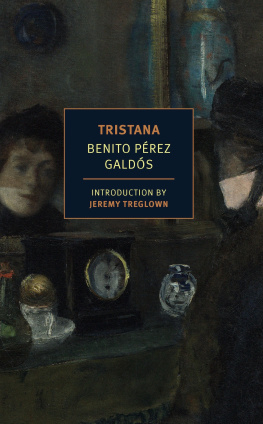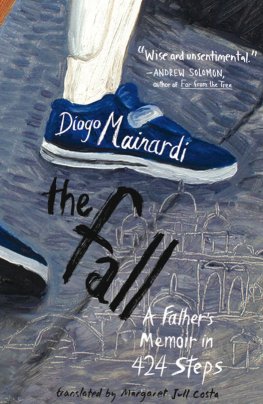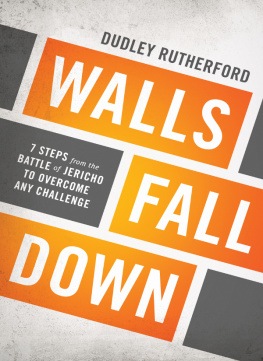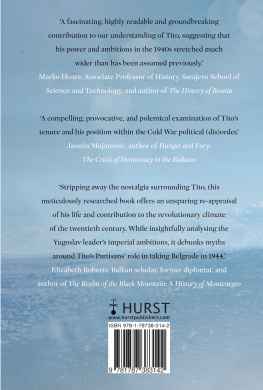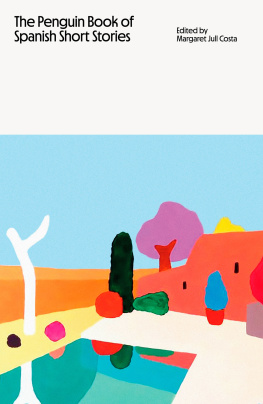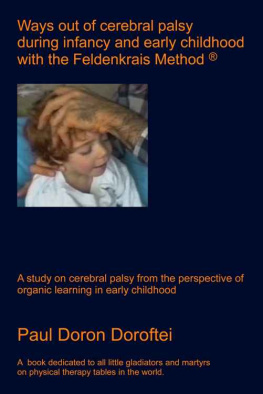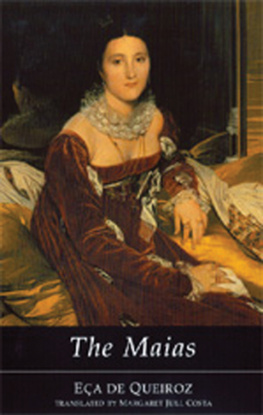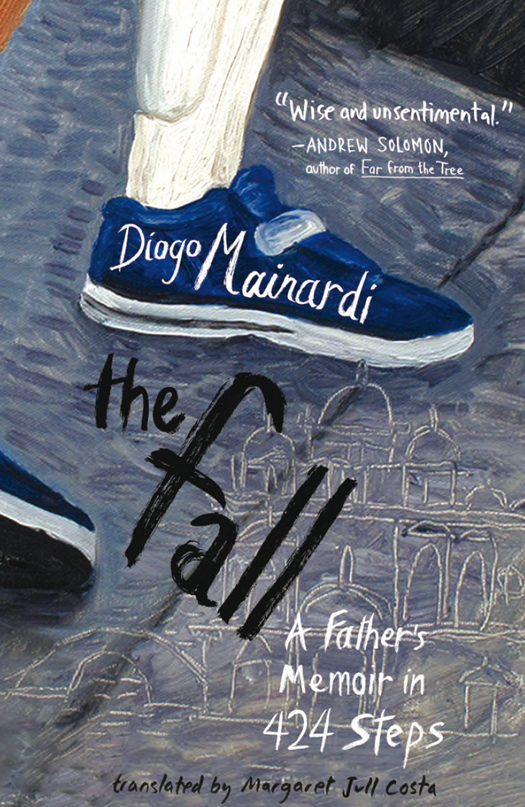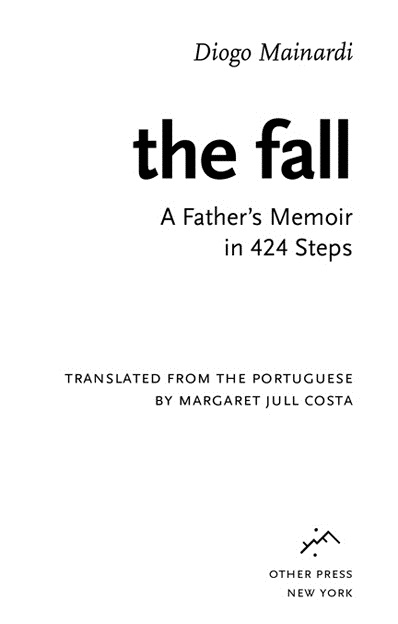PRAISE FOR THE FALL
A wise and unsentimental description of what it is like to be a parent to a child with cerebral palsy an episodic portrait of a very intimate paternal journey.
ANDREW SOLOMON , National Book Awardwinning author of Far from the Tree and The Noonday Demon
The Fall, Diogo Mainardis remarkable celebration of his son Tito, who was born with cerebral palsy because of a doctors negligence, is intensely moving, rational, literate, and an absolute joy to read from start to finish.
JOHN BERENDT , New York Times bestselling author of Midnight in the Garden of Good and Evil and The City of Falling Angels
The Fall is a moving portrait of a relationship with a child and a place. It is a rare book: by turns heartbreaking, angry, and lyrical.
EDMUND DE WAAL , author of The Hare with Amber Eyes
The Fall is a memoir from Diogo Mainardi, the great Brazilian journalist/novelist, tracing the life and sufferings of his son Tito. Due to the gross negligence of the hospital in which Tito was born, he has been afflicted with cerebral palsy. Titos story is told in 424 parts, two or three per page, by turns angry, loving, and poetic, that mirror the number of steps Tito takes between their apartment and that hospital, the greatest number of steps Tito has ever taken without falling down. Along the way, Diogo ruminates about art history, philosophy, literature, and what it is to love someone unconditionally, through every tribulation that arises, and at whatever cost.
CONRAD SILVERBERG , Boswell Book Company (Milwaukee, WI)
Other Press has done it again. What a fabulously intricate and idiosyncratic memoir. And what a gift to readers who, but for this book, could not conceive a parent so ferociously loving and continually delighting in his disabled child.
ELIZABETH ALEXANDER , University Book Store (Seattle, WA)
Much like biblical passages I have attempted to read, I did not know what I was reading when I started The Fall. The truth, to borrow Emily Dickinsons turn of phrase, dazzled me gradually. This is a potent prayer from a father to a son, from a father to his new god, this firstborn son with cerebral palsy. It is a gorgeous love letter, comforting and dismaying as any psalm.
VERONICA BROOKS-SIGLER , Octavia Books (New Orleans, LA)
I read The Fall in a sitting; when I looked up, the world seemed a brighter place. Its a memoir, a secret history, an argument against the accidental, but more than anything, its an astonishing portrait of a parents love. This is a tell-everyone-you-know-to-read-it book.
STEPHEN SPARKS , Green Apple Books (San Francisco, CA)
Copyright Diogo Mainardi 2012
Originally published in Portuguese as A Queda:
As memrias de um pai em 424 passos in 2012
by Editora Record, Rio de Janeiro, Brazil.
English translation copyright Margaret Jull Costa 2014
First published in English in 2014 by Harvill Secker, London.
Production Editor: Yvonne E. Crdenas
Text Designer: Julie Fry
Grateful thanks to Faber and Faber for permission to reproduce an excerpt from Ezra Pound, ABC of Reading, copyright 1934 Ezra Pound, and to New Directions, acting as agent, for permission to reproduce an excerpt from a letter written by Ezra Pound to Lina Caico, held in the Lina Caico Papers, Yale Collection of American Literature, Beinecke Rare Book and Manuscript Library, copyright 2013 by Mary de Rachewiltz and Omar S. Pound.
All rights reserved. No part of this publication may be reproduced or transmitted in any form or by any means, electronic or mechanical, including photocopying, recording, or by any information storage and retrieval system, without written permission from Other Press LLC, except in the case of brief quotations in reviews for inclusion in a magazine, newspaper, or broadcast. For information write to Other Press LLC, 2 Park Avenue, 24th Floor, New York, NY 10016. Or visit our Web site: www.otherpress.com
The Library of Congress has cataloged the printed edition as follows: Mainardi, Diogo, 1962
[Queda. English]
The fall : a fathers memoir in 424 steps / by Diogo Mainardi; translated from the Portuguese by Margaret Jull Costa.
pages cm
Originally published in Portuguese as: A Queda: As memrias de um pai em 424 passos in 2012 by Editora Record, Rio de Janeiro, Brazil.
ISBN 978-1-59051-700-0 (hardback) ISBN 978-1-59051-701-7
1. Tito, 2000 Health. 2. Mainardi, Diogo, 1962 3. Paralysis, Spastic, in children Biography. 4. Fathers and sons Biography. I. Costa, Margaret Jull, translator, II. Title.
RJ 496. S 6 M 3514 2014
616.8420092 dc23
[B]
2014005571
v3.1
Contents
Tito has cerebral palsy.
I blame Titos cerebral palsy on Pietro Lombardo.
In 1489, Pietro Lombardo designed the Scuola Grande di San Marco. And it was the Scuola Grande di San Marco designed by Pietro Lombardo that brought about Titos cerebral palsy.
On 30 September 2000, my wife and I set off for Venice Hospital in Campo Santi Giovanni e Paolo. Our son would be born that day. My wifes name: Anna. Our sons name: yes, thats right, Tito.
When we reached Campo Santi Giovanni e Paolo, next to the statue of Bartolomeo Colleoni, Anna said: Im really worried about the birth.
She had expressed the same fear in previous weeks, because Venice Hospital, now looming before us, was known for its medical errors.
I studied its faade for a moment.
Venice Hospital moved into the Scuola Grande di San Marco in 1808. The faade, designed by Pietro Lombardo in 1489, became the hospitals main entrance.
I said: With a faade like that, I could even accept having a deformed child.
Venice Hospital made a mistake during Titos birth. That mistake brought about his cerebral palsy.
Ezra Pound, ABC of Reading:
A few bits of ornament applied by Pietro Lombardo are worth far more than all the sculpture and sculptural creation produced in Italy between 1600 and 1950.
I went further than Ezra Pound. What I said to my wife, as I contemplated the faade of the Scuola Grande di San Marco, can only be interpreted thus: Pietro Lombardo is worth far more than my sons cerebral palsy.

()
In the previous image: Campo Santi Giovanni e Paolo.
The painting is by Antonio Canal or Canaletto. It dates from 1725.
Anna and I, clinging to each other like Siamese twins, are standing by the statue of Bartolomeo Colleoni, on our way to the Scuola Grande di San Marco, the entrance to Venice Hospital, where Tito will be born.
How did I end up in a painting by Canaletto?
I was always there. And always will be there. The Canaletto painting is my personal nativity. It captures the moment when my destiny was revealed. Ever since Titos birth, on 30 September 2000, I have become a miniature man, without face or identity, just as I am in Canalettos painting. What marks me out is fatherhood. I am merely a man eternally accompanying his wife to the birth of their son.
I am Titos father. I exist only because Tito exists.
As well as praising Pietro Lombardo in


